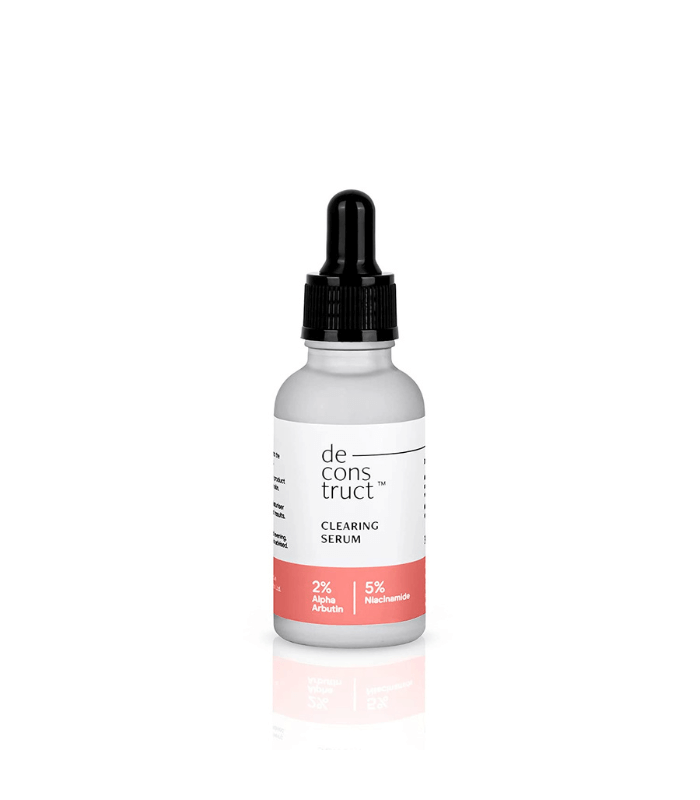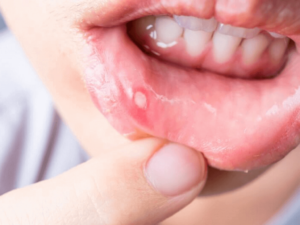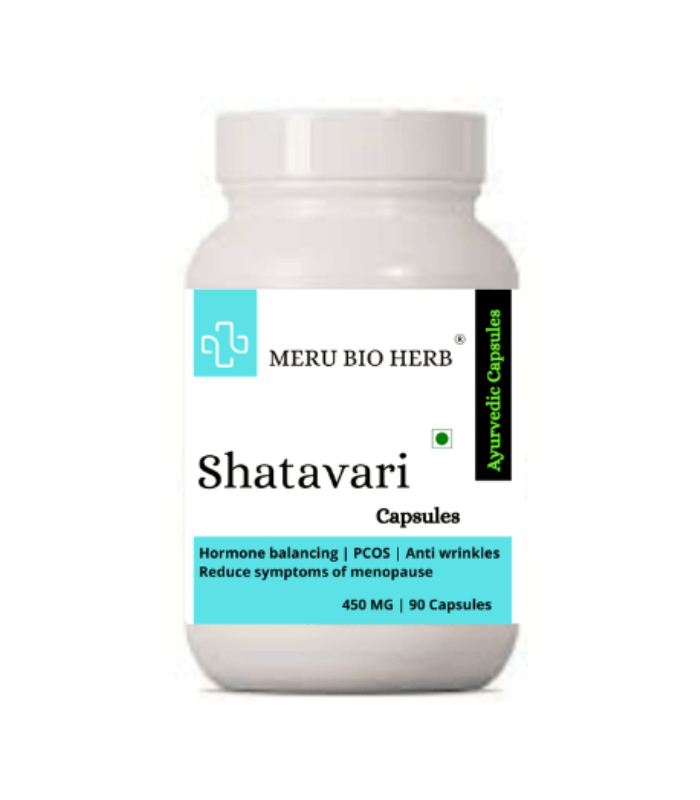One day in the office, 35-year-old Betty could not help but cross her legs as often as possible to create a little friction that she thought would relieve the itchiness she felt in her vaginal parts.
She had grown bothered as she had to beat the deadline for a marketing presentation later in the week. Her officemates had even begun to wonder if what was discomforting her at that moment of rush work.
Growing irritated, she went to the restroom to check her private parts. There, she found out that her vagina had turned reddish and was swelling. Then, she also touched something sticky on her genitals that looked like a thick cheese-like discharge.
Hugely alarmed, she decided to take a leave of absence to see a specialist. The doctor first asked her if she’s married. Yes, she confirmed. Have you taken some broad-spectrum antibiotics before? Yes, she answered. Have you taken high-dose estrogen birth control pills before? Yes, she replied. Do you have a diabetes history? My father has, she said. What else do you feel?
Some pain when urinating and having sex with my husband, she divulged.
The doctor then explained that all her answers are just some of the factors that cause yeast infection in the vagina and vulva that depletes ‘good’ bacteria. The doctor said other factors are a weak immune system, inadequate food intake, lack of sleep, pregnancy, and stress. Betty had realized at once that she had skipped some good meals for the past days and had gone to sleep very late in the evening to do overtime work.
In a rather medical way of explaining, the doctor said that Betty contracted a fungal infection called Candidiasis, which is caused by a type of yeast called Candida. What Betty earlier experienced in the office – the itchiness, redness, swelling of vaginal parts, and the discharge of a thick cheese-like substance – are all Candidiasis symptoms.
Can all women contract Candidiasis? Betty asked.
All, even males and the children and the elderly can be affected by it, the doctor answered, adding that it is commonly called thrush, wherein white patches are usually seen on the tongue when it affects the mouth. It is known as a yeast infection when it affects the vagina. An overgrowth of the Candida is virtually the same as a fungal infection in the vaginal parts.
Betty also learned that women have balance levels of yeast in the vagina and vulva. When women experience the factors that Betty’s doctor mentioned, chances are they might have contracted an overgrowth of yeast or Candida. Good bacteria that are supposed to balance yeast levels can be reduced, for instance, by broad-spectrum antibiotics and the like.
Candidiasis can be life-threatening, too, if it goes into the bloodstream, the doctor warned. To ease off Betty’s ostensibly growing fear, the doctor said that the infection is, however, treatable by anti-fungal ointment and an anti-bacterial oral tablet called fluconazole.
Betty also noted the doctor’s further advice: Refrain from using tight legwear, refrain from douching to keep the good bacteria in the vagina, refrain from using scented feminine products such as pads and tampons, refrain from overly soaking in hot tubs and taking warm baths, don’t resort to excessive and unnecessary use of antibiotics, and don’t stay long in wet clothes such as swimsuits and fitness and exercise apparels.
While the doctor was making a prescription, Betty heaved a sigh of relief and smiled. The doctor noticed Betty’s reaction and asked why. Betty replied she remembered the song “Candida,” which her father used to sing when she was still a child. Bullying yourself, huh, the doctor said, jokingly.










































































What an informative article especially for women. Great work!
Keep it coming. Women need to be well informed on such an important topic tackling their health. Kudos!
It’s one thing to know about Candida; it’s another thing to know its treatment. Thank you for this write-up.
Very informative. It’s the first time I heard about Candida and its implications. Good thing this article also spoke about its treatments.